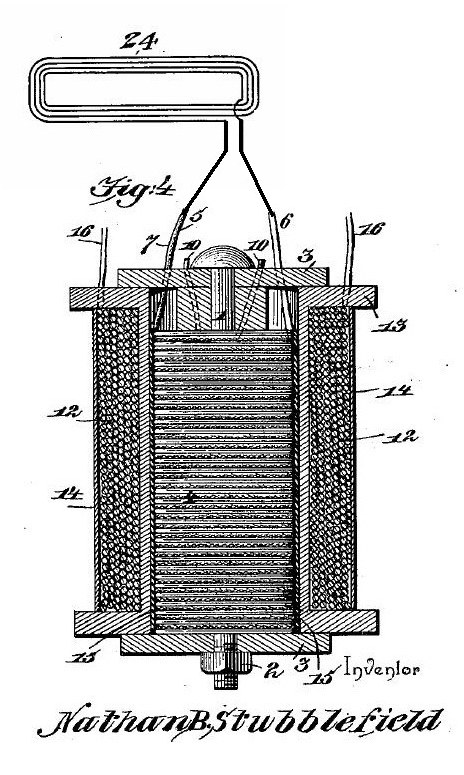Earth Battery DIY Pipe
https://ground-power-generator.blogspot.com/2021/07/earth-battery-diy-pipe.html
Make Pipe Battery!
How to Make a Homemade PVC Pipe Battery. Ok! I replicate "LaserSaber" copper-magnesium-water or Aqua battery and i'm not very happy for the first result. This video i will show a homemade battery. I used deionized water and Soda Alum. Result two tablespoons with soda is about few hours of electricity "energy". Now i have the body of this battery to experiment with it, if you know some better materials or liquid would like to write your opinion...
The origin of the Pipe Earth Battery is from Nathan Stubblefield. In the works of Nathan Stubblefield there are also Earth batteries.
 |
U.S. Patent No. 600,457 - N. B. Stubblefield, Electrical Battery - Patented Mar. 8, 1898. |
Learn more: Rechargeable Earth Battery
Earth Battery DIY Pipe
Learn how to make your own powerful homemade batteries using nothing but tap water from your sink, fruits, used car batteries...Charge that can last a very long time. It's simple and easy.
You can find large numbers projects on net. Yes, we can buy batteries. But it is so cool that
we can make powerful batteries at home. And much more.
An electric battery is a device consisting of one or more electrochemical cells with external connections provided to power electrical devices such as flashlights, smartphones, and electric cars. When a battery is supplying electric power, its positive terminal is the cathode and its negative terminal is the anode. The terminal marked negative is the source of electrons that when connected to an external circuit will flow and deliver energy to an external device. When a battery is connected to an external circuit, electrolytes are able to move as ions within, allowing the chemical reactions to be completed at the separate terminals and so deliver energy to the external circuit. It is the movement of those ions within the battery which allows current to flow out of the battery to perform work. Historically the term "battery" specifically referred to a device composed of multiple cells, however the usage has evolved to additionally include devices composed of a single cell.
Primary (single-use or "disposable") batteries are used once and discarded; the electrode materials are irreversibly changed during discharge. Common examples are the alkaline battery used for flashlights and a multitude of portable electronic devices. Secondary (rechargeable) batteries can be discharged and recharged multiple times using mains power from a wall socket; the original composition of the electrodes can be restored by reverse current. Examples include the lead-acid batteries used in vehicles and lithium-ion batteries used for portable electronics such as laptops and smartphones.
Batteries come in many shapes and sizes, from miniature cells used to power hearing aids and wristwatches to small, thin cells used in smartphones, to large lead acid batteries used in cars and trucks, and at the largest extreme, huge battery banks the size of rooms that provide standby or emergency power for telephone exchanges and computer data centers.
Recommend for you: This professor plugged his house to Earth’s core.... totally legal
The Earth’s core is producing 47 trillion Watts of electricity right beneath our feet each and every second. That’s 1 million times more than the mankind can consume.
For various reasons, science couldn’t (or didn’t want) to figure out a way to harvest this immense source of energy up until now....
More Details:Discover how to power his house from earth’s core...totally legal.
You must simply plug a couple of wires into the ground …and not worry about weather conditions for your rest of life
